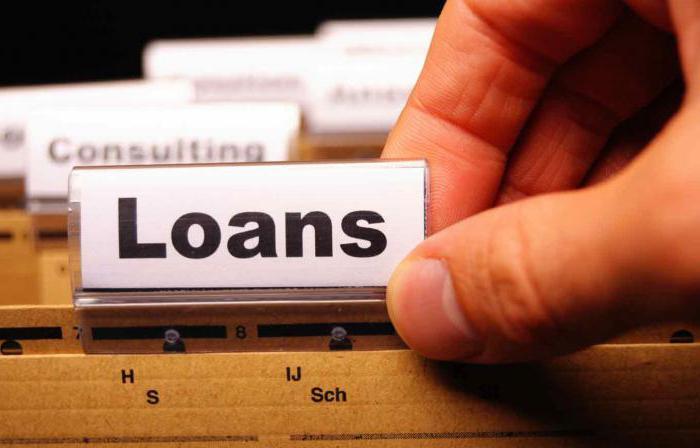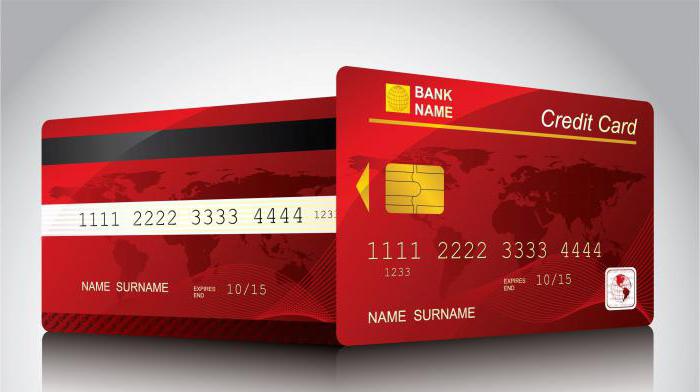The credit market of the United States of America is one of the three most developed in the world. Its structure is made up of both private companies and government bodies. The functions of the Central Bank in the country are assigned to the Fed.
History reference
The Federal Reserve System regulates the activities of commercial, investment, savings and financial institutions. Its formation was in the first half of the XX century. Organization management is carried out by an expert commission, federal committees and advisory councils.

The arsenal of credit in the United States is represented by consumer and special-purpose loans, loans for education and medical services, mortgages, bank cards with overdrafts.
Credit score
The modern financial system of the United States is organized in such a way that it forces residents of the country to issue cash loans and at the same time pay them back. It's all about a concept like credit history. Without her, or rather, without her positive assessment, getting settled in North America is almost impossible.
It is not only about getting large cash loans, but also about such household trifles as connecting to the Internet and renting apartments. The reputation of a reliable borrower will play a good role in hiring a prestigious job.
Credit score (Credit Score) - a value that measures the solvency of the applicant. The higher it is, the more loyal is the attitude of banks and the lower is the interest rate.
Consumer loans
The credit boom in the United States occurred in the seventies of the XX century. In 1990, loans issued totaled hundreds of billions of dollars. According to the laws of most US states, a consumer loan refers to a bank issuing a contracted amount.
As goals in the profiles of applicants appear mentions of satisfying personal or family needs, as well as expenses related to housekeeping and subsidiary farming. A US loan to individuals can be repaid instantly or gradually.
The latter was most widely distributed. Contributions for such products are made either by annuity or by differentiated payments. Loans can be one-time or revolving.

Buying a property
Loans issued for the purchase of an apartment or house are called mortgage. Rates on them fluctuate depending on the current economic situation of America and the actual location of the acquired property. For example, in Illinois, annual interest rates range from 3.6-3.8 units.
At the end of the two thousandth they were much higher. Customers applying for such loans in the 2000s have the opportunity to refinance and reduce the amount of overpayment. To do this, you will need to apply for a loan at the new existing rates. In Chicago, a mortgage will cost more. Ten years ago, the rate exceeded 8%.
With the exit of American business from stagnation, the cost of a mortgage loan begins to grow gradually and will soon reach its pre-crisis values.
Car loans
The basis for the bank to assign an interest rate when drawing up a contract for the purchase of a car is Credit Score. Average interest rates on loans at US banks do not exceed 3% per annum, with a maximum of 10%. If you are lucky, then the overpayment will be minimal. Some trustworthy borrowers are given loans at 0%.
High interest rates in the States are rare. It is easier for financial institutions to refuse insolvent applicants than to risk their own means for the sake of ghostly profit.
A car loan in the United States is five years or less. When paying a large down payment, you can count on a substantial discount provided by the car dealership.

Plastic cards
The situation with "credit cards" in the US market has developed quite strange. If a mortgage becomes cheaper when living standards fall, then things are completely different. The rates for such products are the highest. They can reach 15%. In pre-crisis times, the appetite of banks was much more modest and limited to 8%.
An ordinary American has several cards in his wallet at once. Debit is rarely used. Usually, “plastic” involves an overdraft, the amount of which again depends on the Credit Score.
Cards are issued to almost everyone. If the history of the borrower leaves much to be desired, then the interest rate will be 28%. Banks do not like to refuse, but in exceptional cases, a loan application may be rejected.

Other types of loans
A loan for education is formalized not by a commercial structure, but by a state. In the United States, it is called a loan. Its term is 30 years. Interest rates are low, but vary. At the moment, they fluctuate within 3.5%.
Repairing a house or car in installments will cost much more. The cost of such a loan in the United States for individuals will be about 30%, and with an impeccable history - 12%. The amount issued is rarely more than 10 thousand dollars. Despite the obviously unfavorable conditions, many residents of the country use such offers.